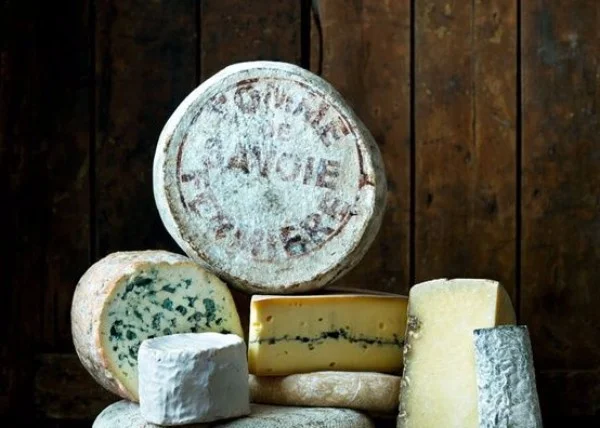This November, MHT is participating in the Miry’s List Friendsgiving Fundraising Drive. The money goes to programs that support refugee families that have been resettled in the United States. In tandem with these efforts, our clinicians are writing posts reflecting on what home means to them.
“Everybody has a home team: It’s the people you call when you get a flat tire or when something terrible happens. It’s the people who, near or far, know everything that’s wrong with you and love you anyways. These are the ones who tell you their secrets, who get themselves a glass of water without asking when they’re at your house. These are the people who cry when you cry. These are your people, your middle-of-the-night, no-matter-what people.”
- Shauna Niequist, Bittersweet: Thoughts on Change, Grace, and Learning the Hard Way”
In one of the chapters in her book, Bittersweet: Thoughts on Change, Grace, and Learning the Hard Way, Shauna Niequist describes the importance of having a home team. This home team is a community of people that you can count on, that you feel connected to and that make you feel known. Niequist highlights how this home team can change through time and seasons in your life. There is sweetness in being known by someone in all your humanness and still choosing to love you — that is home for me.
In this season of reflection on the word ‘home’ at MHT, places come to mind such as my childhood home, that restaurant in San Pedro, and that grocery store that always plays Spanish music. Some people also come to mind, individuals who are my family and those that have become family. My home team – in their presence I feel known, seen, and connected. Over the last decade, I’ve discovered the power of being known and the comfort of being in a space or in the presence of someone who symbolizes home.
Home holds many meanings for every individual. As I reflect on the importance of being known – I think about the immigrants, refugees, and asylum seekers hoping for a place to call home and a community where they feel known, once they have established safety in their new space. There is so much importance in ‘being known’ in order to feel at home.
“There is sweetness in being known by someone in all your humanness and still choosing to love you — that is home for me. ”
HERE'S HOW YOU CAN PARTICIPATE IN FRIENDSGIVING WITH US:
Give! Visit our Miry’s List campaign page and make a donation. It's that simple and no sum is too small. Truly.
Follow! Be sure to follow us on Instagram and our blog throughout the month of November. We will be reflecting on what it means to be welcomed, received, and known.
Share! Help us spread the word. You can do this by sharing our social media posts or links to our Miry’s List Friendsgiving Fundraiser page.
******
A little about Miry’s List:
Refugee families come to the United States seeking a safe haven from violence and persecution in their home countries. They leave behind family and friends, as well as virtually everything they own. Many Americans, seeing these families in their communities, wonder: What can I do to help? Miry's List provides a mechanism for people to directly help new arrival refugee families with the things that they need to get started in their new lives – from diapers to beds to cleaning supplies and toiletries. To learn more, visit miryslist.org.
Paloma Franco, MS, is a Registered Psychological Assistant #PSB94024942 working under the supervision of Gabrielle Taylor, PhD, PSY# 22054. Paloma is a bilingual (Spanish & English) therapist who works with individuals, couples, and families to address a variety of issues, including anxiety, depression, trauma, relationship issues, and cultural challenges.










